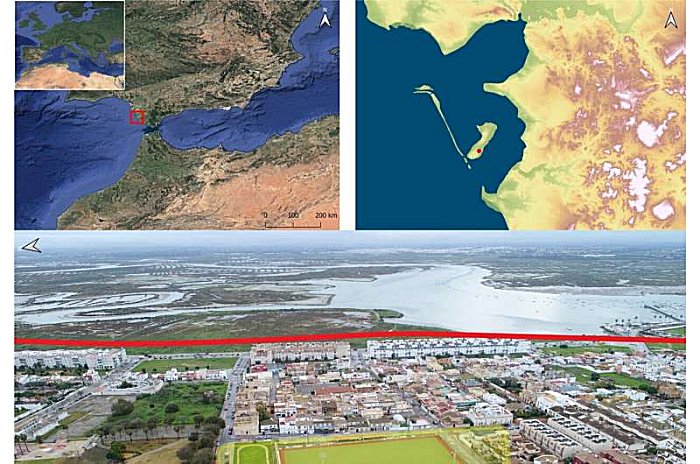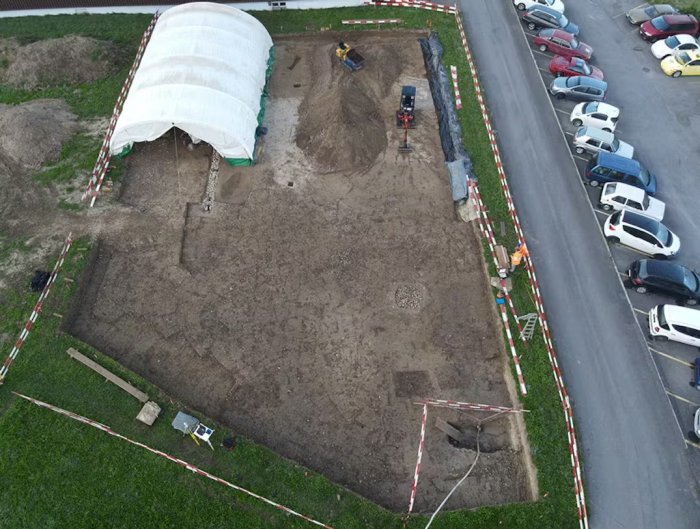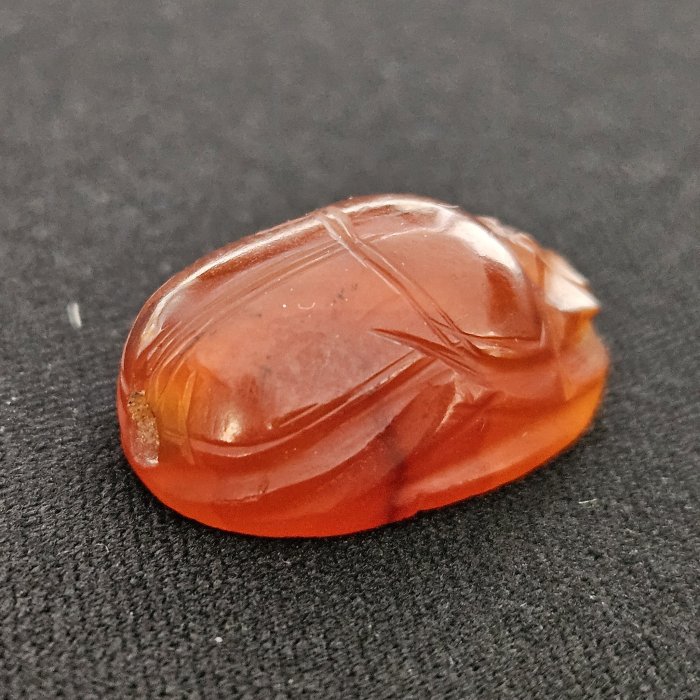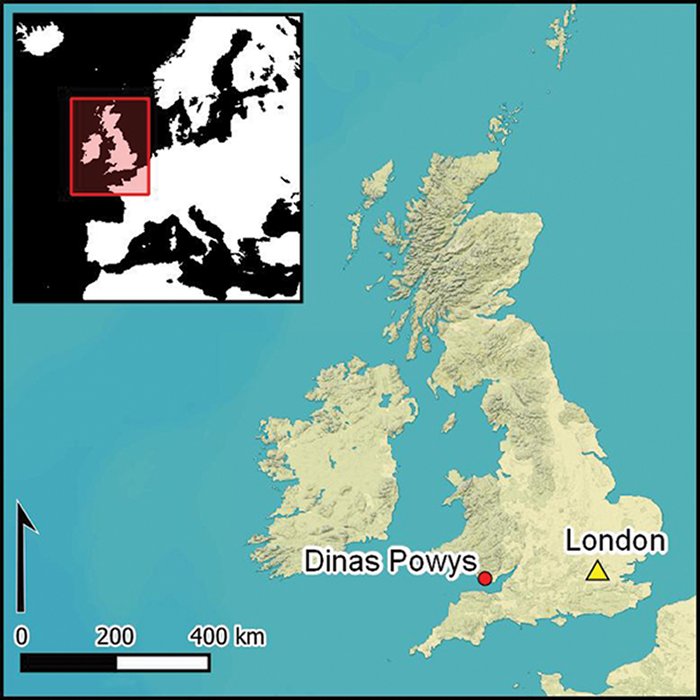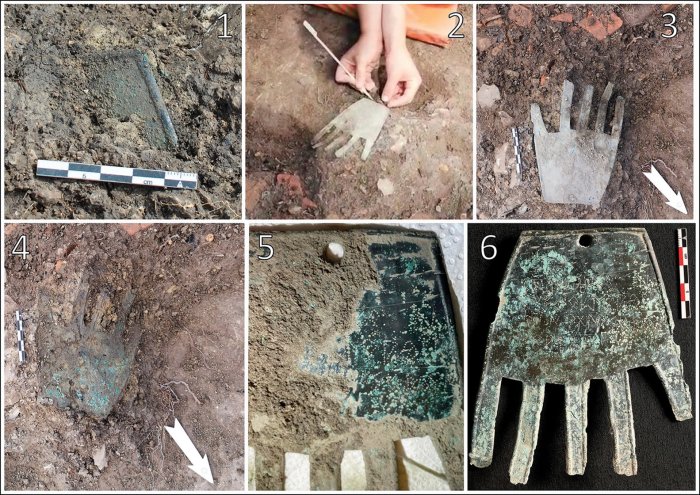Conny Waters – AncientPages.com – When archaeologists discovered the ancient figurine, they ᴀssumed it was a horse, but this is not the case. Scientists have now uncovered a new fragment that fits the Ice Age figurine. Obviously, it depicts another animal, but which one?
The first archaeological find was made more than 20 years ago in the World Heritage cave Hohle Fels in the Swabian Jura near Schelklingen, Germany. During recent excavations, scientists recovered a fragment of a carefully carved ivory figurine that gives one of the most famous Ice Age works of art a new look. Archaeologists found a figurine fragment that turned out to be a piece of a body that was perfectly fitted to an animal’s head found more than 20 years ago.
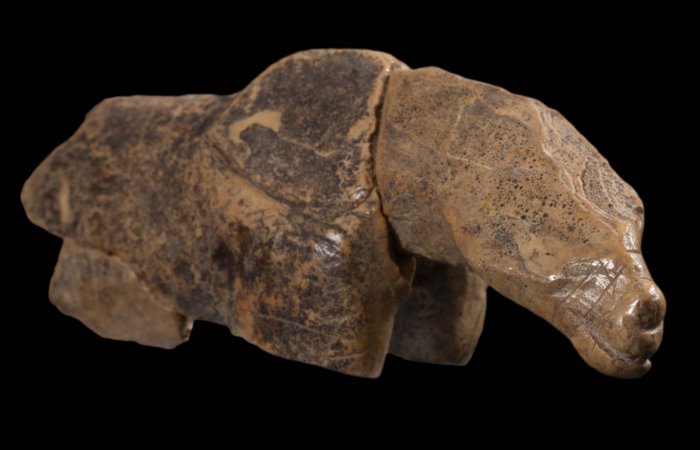
The Ice Age figurine was discovered in the cave of Hohle Fels. Credit: University of Tubingen, Ria Litzenberg
The head, recovered in 1999, became famous as the first ivory figurine found in Hohle Fels and had previously been interpreted as part of a horse figure.
Now, researchers understand the ivory figurine is not a horse but something else.
“We still cannot identify the animal species depicted with certainty, but it could be a cave lion or a cave bear,” Professor Nicholas Conard from the Department of Prehistory and Quaternary Ecology at the University of Tübingen said.
Professor Conard himself considers the work of art from the Upper Paleolithic to be a bear figure: “The figurine now has a mᴀssive body, shows the typically pronounced bear hump at shoulder height, and presents itself in a posture that could imitate the trotting gait of a bear,” he said.
However, Professor Conard also admits that colleagues who ascribed the figure the anatomical and physiognomic properties of a cave lion. “It is by no means always easy to identify Ice Age depictions with certainty, especially when they are preserved in such fragmentary form. It, therefore, makes sense to look extra carefully for the missing parts of this animal in the years to come,” Professor Conard said in a press release.
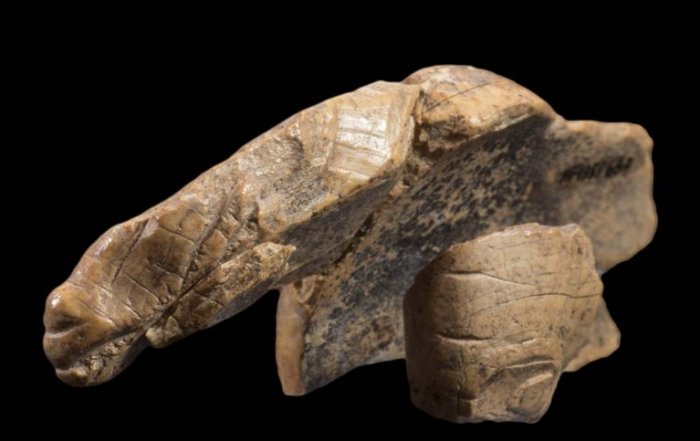
The ancient figurine seen from another angle. Credit: University of Tubingen, Ria Litzenberg
The animal figure is now composed of five find fragments that were recovered in different years of excavation.
The current ivory find, which is 3.99 centimeters long, 2.49 centimeters high, and 0.55 centimeters thick and features several fine, deliberately engraved line patterns on one side, was identified as the animal’s right shoulder and thorax shortly after excavation and attached.
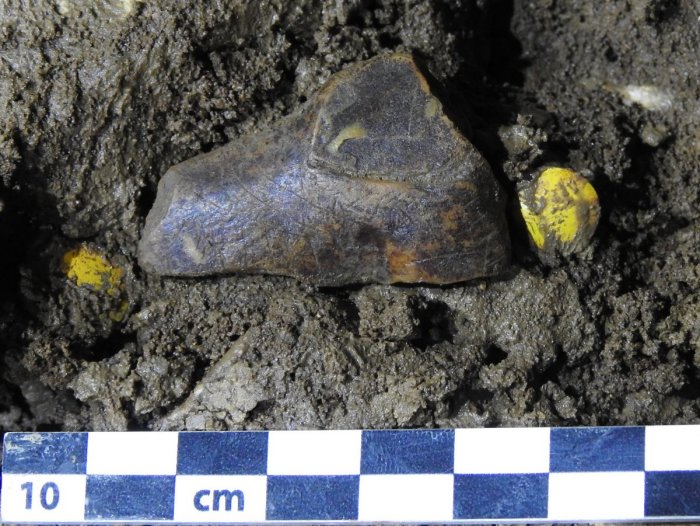
The place where the fragment was discovered. Credit: University of Tubingen, Alexander Janas
The discovery prompted the researchers to look for other parts of the figurine among the numerous ivory finds from Hohle Fels. The science team successfully recovered another small part of the right side of the body that was found on the basis of its engravings. This small piece of torso attached to the figure, like the other pieces, bears very fine lines of the same finish, which clearly demonstrate the coherence of the compositions. It is very likely that another fragment also belongs to the figure, and it could be part of the left front leg.
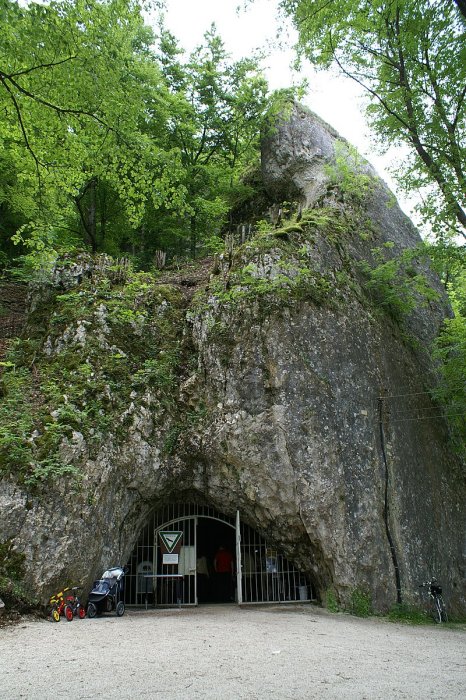
The Hohle Fels near Schelklingen. Credit: Dr. Eugen Lehle – CC BY-SA 3.0
The supplemented ivory figurine is now on display to the public. “This figure shows us and our visitors like no other that the archaeological work is never finished,” says Dr. Stefanie Kölbl, managing director of the Prehistoric Museum in Blaubeuren, which is also a branch of the Archaeological State Museum and a research museum of the University of Tübingen.
See also: More Archaeology News
A scholarly publication on the figure, parts of which were recovered in layers of the Aurignacian Paleolithic culture and carved 35,000 years ago, appears in the current issue of the journal Archaeological Excavations in Baden-Württemberg, published by the Baden-Württemberg State Office for the Preservation of Monuments.
Written by Conny Waters – AncientPages.com Staff Writer
